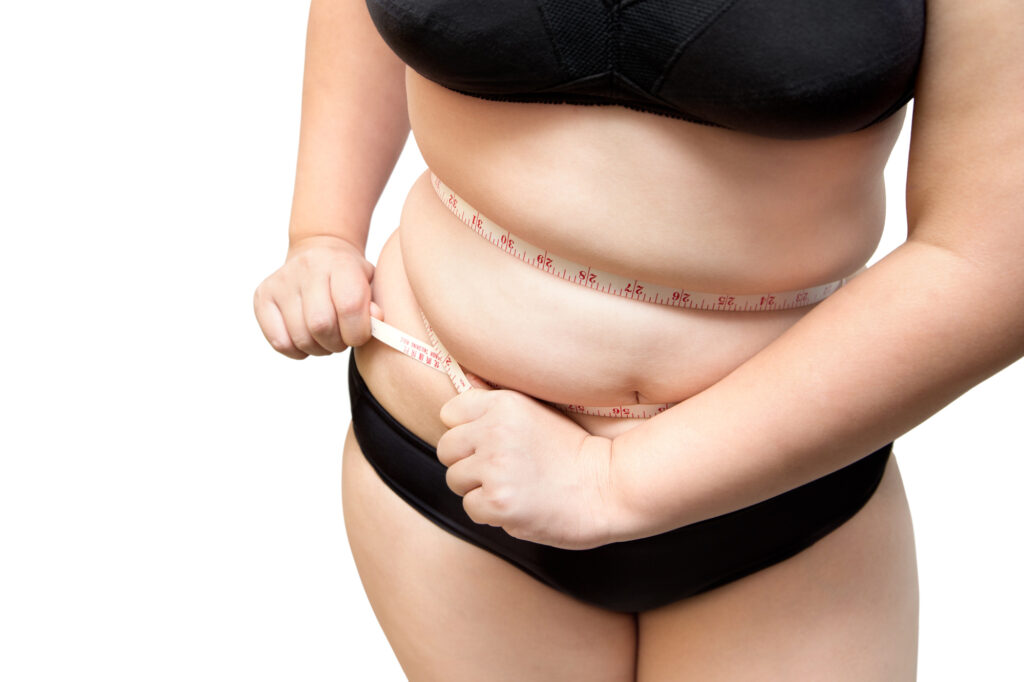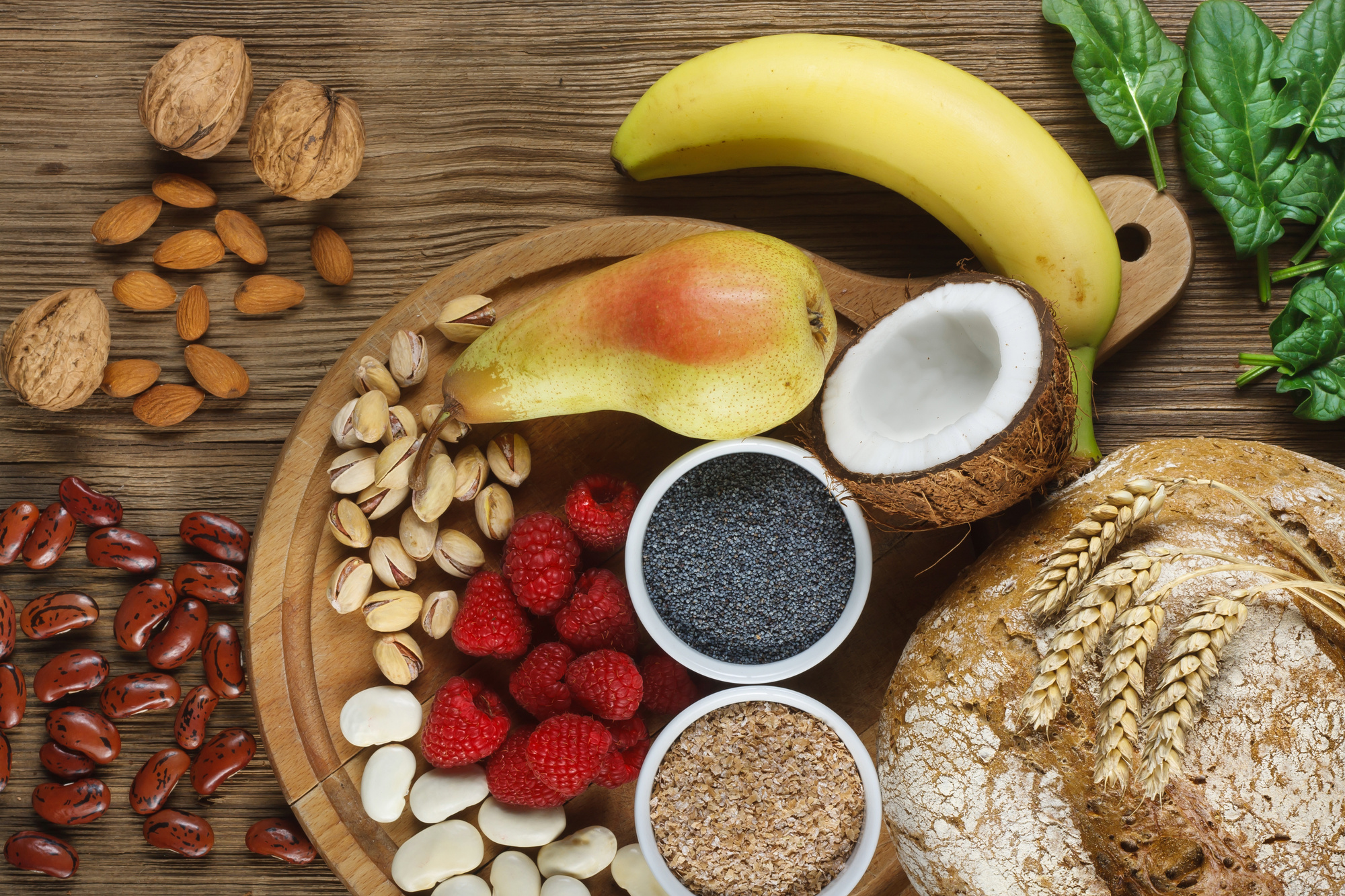
Getting a lower body mass index isn’t as difficult as many people think.
Body mass index (or BMI) is something that many people struggle with because they don’t know what to focus on. BMI is the measure of fat you have based on your height and gender. When you have a lower BMI, you’re considered a skinnier person.
To get a lower BMI, you’ll have to do several things to reduce body fat. However, the process won’t take long providing that you follow a healthy diet and exercise.
Keep on reading to learn how to effectively lower your BMI!
Start Exercising Properly
When people want to lower body mass index, one of the first things they think of is exercise. Exercise can play a major role in weight loss, but you’ll have to do the right things. For example, you can go to the gym and start weightlifting immediately, in hopes of shredding fat.
The problem with weightlifting is that you don’t burn many calories. When you want to get a lower BMI, you won’t be giving your body enough resources to build muscle. Not only would you not build muscle, but you wouldn’t lose much weight with weightlifting.
Instead, you need to do cardiovascular exercises. Cardio is any exercise that raises your heart rate and gets your body moving. You can start with jogging, jumping jacks, and burpees.
If you’ve never worked out before, it’s best to start slowly to prevent you from injuring yourself. Before running, warm up with a brisk walk or light jog.
You should also cool down with a brisk walk or light jog to give your body time to adjust.
Choose a Workout Program
For those that are looking for consistency with their workouts, you should consider following a workout program. These programs are designed to give you the best workout without getting exhausted.
Most workout programs that revolve around weight loss will consist of a variety of exercises that keep your heart rate up. For example, one program may have you running for 5 minutes and cycling for 10, alternating between the two.
You can look online for a program that’s tailored to beginners and start at home. As you improve your cardio, you can start doing harder workouts.
If you have an idea of what you want to do, go to YouTube and look for new exercises that you can incorporate into your program. This will keep your workouts entertaining and prevent your body from getting used to what you’re doing.
Follow a Diet That Doesn’t Bore You
While exercise is an effective way to lose weight, most people think it’s the only factor that contributes to weight loss. However, the most important thing you must do when you want to get a low BMI is to follow a healthy diet that you won’t get bored of.
It’s easy to go to the store and stock up on chicken and vegetables. However, a diet that involves consuming the same things over and over again is not one you’re going to stick to.
If your current diet is full of carbohydrates and processed foods, you’ll have a hard time transitioning to a healthier one. You may find yourself craving sweets, which will be distracting when you’re trying to get through the day.
The best way to transition into a healthy diet is to do it slowly. Start preparing by eliminating certain foods from your diet each day. You should also drink exclusively water. However, do make sure that it’s clean.
If you’re worried about impurities in your water, a distiller is a great idea. You can learn more about water distillers in this article!
Get creative with healthy foods to avoid getting bored. Look up recipes, try new combinations, and count your macros. If you want to stick to a low-calorie diet, you can still fit in sweets providing that you have enough leftover calories.
Consider Keto
Over the past several years, keto has become increasingly popular because it offers an alternative approach to weight loss. Unlike most diets, keto revolves around eating foods that have little to no carbs (meat and vegetables).
The idea behind keto is that when you rid your body of carbs, it will start using stored fat as energy. As you deprive your body of carbohydrates, your body will transition into a fat-burning state known as ketosis.
Before starting keto, be aware that you may deal with some unsettling side effects in the first one or two weeks. Many people will get what’s known as the “keto flu,” which happens because their bodies get shocked by the sudden diet change.
Like most diets, you can reduce the negative effects by slowly transitioning into it. Start by reducing your carb intake each day until you get to the point in which your body goes into ketosis.
Most people enter ketosis when you eat less than 50 grams of carbs per day. However, it’s best to limit your carbs to under 20 grams if you’d like to get the best results.
Work on Getting a Lower BMI Now
Now that you know how to reduce BMI, it’s time to start working towards it. Getting a lower BMI won’t be an overnight thing, but you can get it quickly providing that you’re disciplined. By adopting a healthy lifestyle, you’ll soon start shredding fat.
We recommend you focus on getting your diet in check. After improving the diet, you can start working out to burn some extra calories. Just remember to focus on cardio because you won’t have the means to build much muscle.
Browse our articles if you’d like to learn more about health and fitness!












